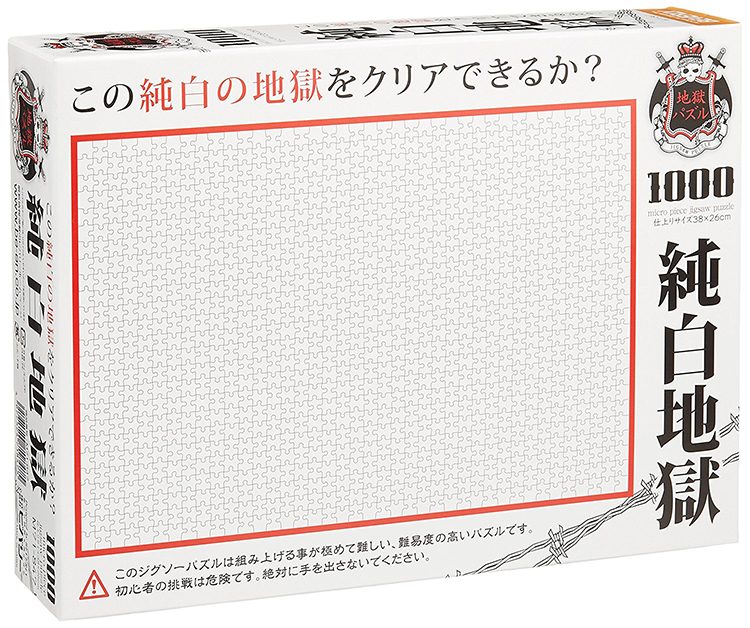Man Becomes Only Third Person in History to Solve Insanely Difficult Literary Puzzle

British comedian John Finnemore put his time in quarantine to good use, becoming only the third person to solve “Cain’s Jawbone”, a super-tough literary puzzle, in its near 90-year history. Created in 1934, by Edward Powys Mathers, a pioneer of advanced cryptic crosswords, Cain’s Jawbone is one of the most difficult puzzles ever created. It […]
Solving Rubik’s Cubes with Your Feet Is No Mean Feat

Most people struggle to solve a 3×3 Rubik’s cube with their hands, but there are people out there who can do it in under 20 seconds, using only their feet. You’ve probably heard of people solving Rubik’s cubes blindfolded, using only one hand and even while juggling them; all these different ways of solving the […]
Pure Hell Puzzles Feature Extra Tiny Pieces That Are All the Same Solid Color

Looking for a real challenge to put your puzzle-solving skills to the test? Try Pure Hell, a maddening puzzle made up of extra tiny pieces that are all the same solid color. Created by the sadistic minds at Beverly Japan, Pure Hell puzzles come in 1,000 and 2,000 piece variants and promise to make you miserable […]
Cicada 3301 – The Internet’s Most Baffling Mystery

Cicada 3301 is often referred to as the internet’s most elaborate and mysterious puzzle, one that often leaves cryptoanalysts and hackers scratching their heads. A sort of cross between a contest, job interview and highly complex puzzle, Cicada 3301 recurs each year, but no one knows who is behind it or what prize awaits the person who solves it. The […]
Designer Creates Furniture from Thousands of Puzzle Pieces

Devon-based artist Rupert McKelvie has used thousands of discarded puzzle pieces to create a stylish table complete with a lamp. If you’re wondering what inspired the 27-year-old artist to create pieces of furniture from a weird medium like broken puzzles, it was the frustration of spending hours of patient labor assembling a puzzle, only to […]
Insane Puzzle Collages by Gerhard Mayer

Gerhard Mayer, a talented artist from Nürnberg, Germany, uses thousands of puzzle pieces to create incredibly beautiful collages. If you’ve ever tried to complete a common jigsaw puzzle you know how hard and time consuming it could be. Now imagine you have to assemble dozens of puzzles into a gigantic one that actually looks like […]
